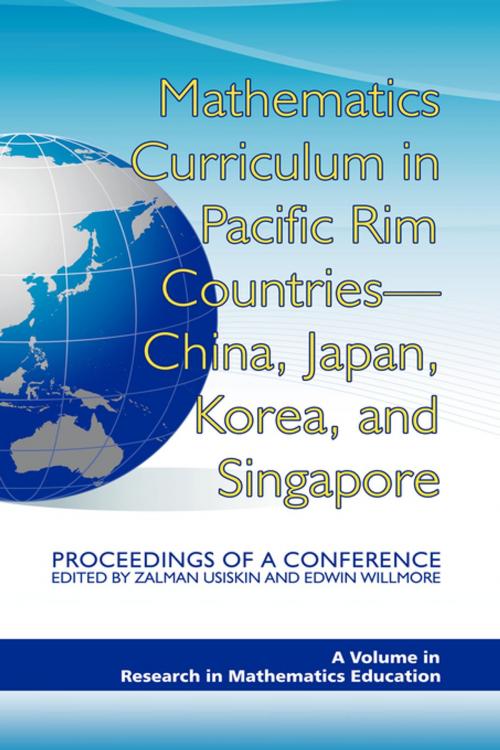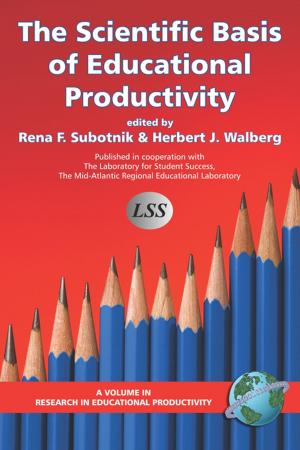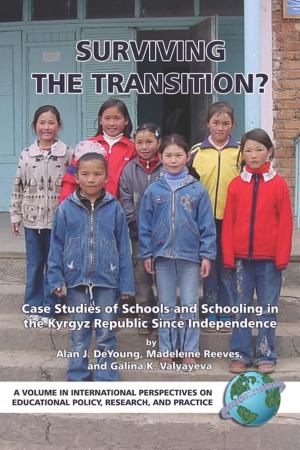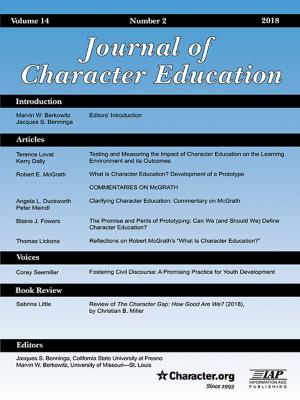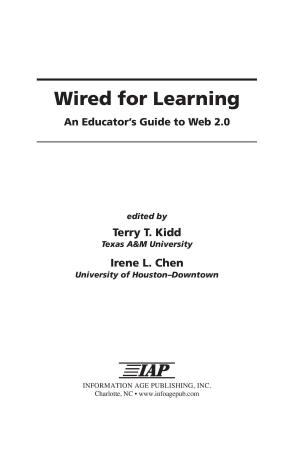Mathematics Curriculum in Pacific Rim Countries China, Japan, Korea, and Singapore
Proceedings of a Conference
Nonfiction, Science & Nature, Mathematics, Study & Teaching, Reference & Language, Education & Teaching, Teaching, Teaching Methods| Author: | ISBN: | 9781607529095 | |
| Publisher: | Information Age Publishing | Publication: | September 1, 2008 |
| Imprint: | Information Age Publishing | Language: | English |
| Author: | |
| ISBN: | 9781607529095 |
| Publisher: | Information Age Publishing |
| Publication: | September 1, 2008 |
| Imprint: | Information Age Publishing |
| Language: | English |
This volume contains the proceedings of the First International Curriculum Conference sponsored by the Center for the Study of Mathematics Curriculum (CSMC). The CSMC is one of the National Science Foundation Centers for Learning and Teaching (Award No. ESI0333879). The countries—China, Japan, Korea, and Singapore (in alphabetical order, which also happens to be the order of their populations)—have each been in the news because of their performance on international testsand/or their economic performance and potential. They also have centralized education ministries that create a single mathematics curriculum framework followed in the entire country. In all these countries, curricula are differentiated for students with different interests, usually around Grade 10 or 11. We think the reader will agree that the papers are of very high quality, befitting the standing of the individuals who were invited, but particularly notable for our international speakers because in three of these countries, English is not the speaker’s first language. Following each paper, we have included a short biography of the author(s), so that the reader can understand the perspective of the paper’s author.
This volume contains the proceedings of the First International Curriculum Conference sponsored by the Center for the Study of Mathematics Curriculum (CSMC). The CSMC is one of the National Science Foundation Centers for Learning and Teaching (Award No. ESI0333879). The countries—China, Japan, Korea, and Singapore (in alphabetical order, which also happens to be the order of their populations)—have each been in the news because of their performance on international testsand/or their economic performance and potential. They also have centralized education ministries that create a single mathematics curriculum framework followed in the entire country. In all these countries, curricula are differentiated for students with different interests, usually around Grade 10 or 11. We think the reader will agree that the papers are of very high quality, befitting the standing of the individuals who were invited, but particularly notable for our international speakers because in three of these countries, English is not the speaker’s first language. Following each paper, we have included a short biography of the author(s), so that the reader can understand the perspective of the paper’s author.
